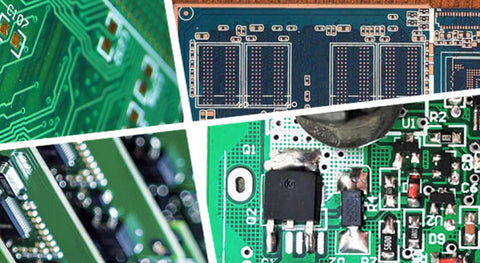
In the process of SMT patching, some common faults will inevitably occur, resulting in poor PCBA. So, what are the common faults and solutions for SMT chip processing?
1. Component displacement: After the patch glue is cured, the components are displaced. In severe cases, the component pins are not on the pads.
The Reasons: The amount of glue from the patch glue is uneven; the component displacement or the initial adhesion of the patch glue is small during the patch; the PCB placement time after dispensing is too long, and the glue is semi-cured.
The Solution: check whether the glue nozzle is blocked, and eliminate the uneven glue discharge; adjust the working state of the placement machine; replace the patch glue; the PCB placement time after dispensing should not be too long, etc.
2. Chips will drop after wave soldering: After curing, the bonding strength of components is not enough, and sometimes chips will appear when touched by hand.
The Reasons: The parameters are not in place, especially the temperature is not enough; the size of the components is too large, the heat absorption is large; the curing light is aging, and the amount of glue is not enough; the components/PCB are polluted.
The Solution: Adjust the curing curve, especially increase the curing temperature; usually the peak curing temperature of thermal curing adhesives is critical. Observe whether the curing light is aging, whether the lamp tube is black; the quantity of glue and whether the components/PCB are polluted, etc.

3. Component pins float/displace after curing: The cured component leads the glue to float or shift. After wave soldering, the tin material will enter under the pad, resulting in a short circuit and an open circuit.
The Reason: uneven patch glue, excessive amount of patch glue, component deviation during patch.
The Solution: adjust the dispensing process parameters, control the dispensing amount, and adjust the patch process parameters.
